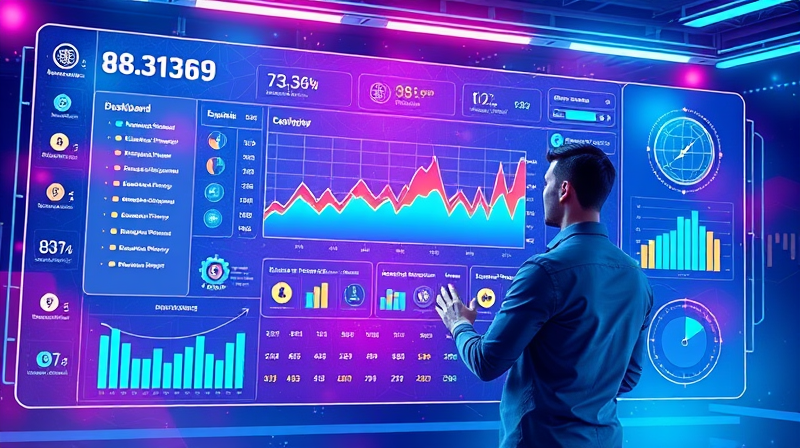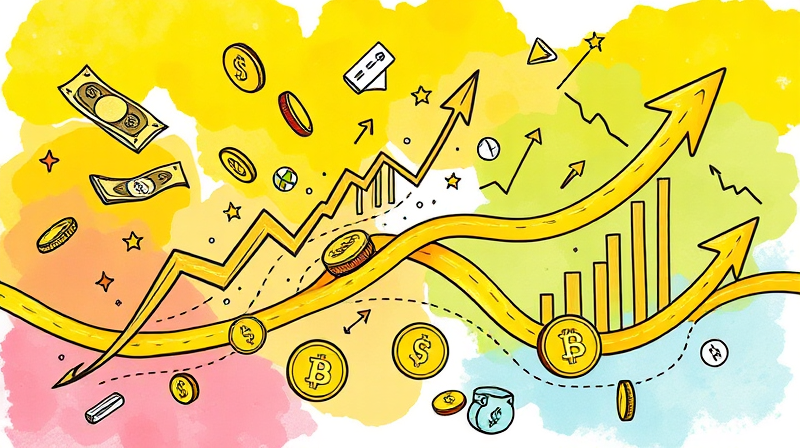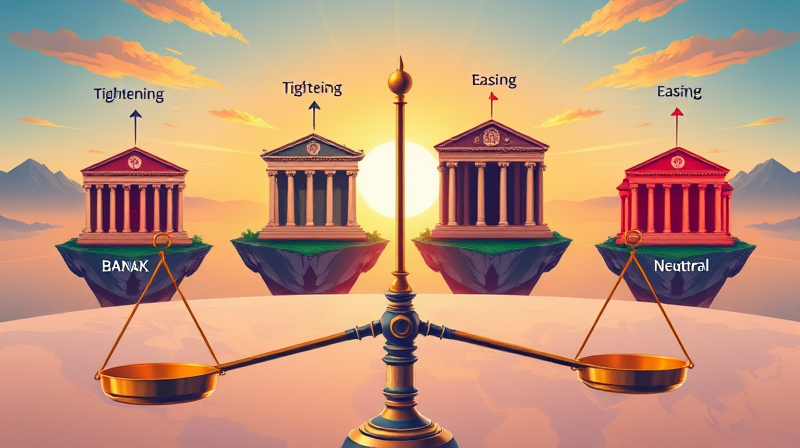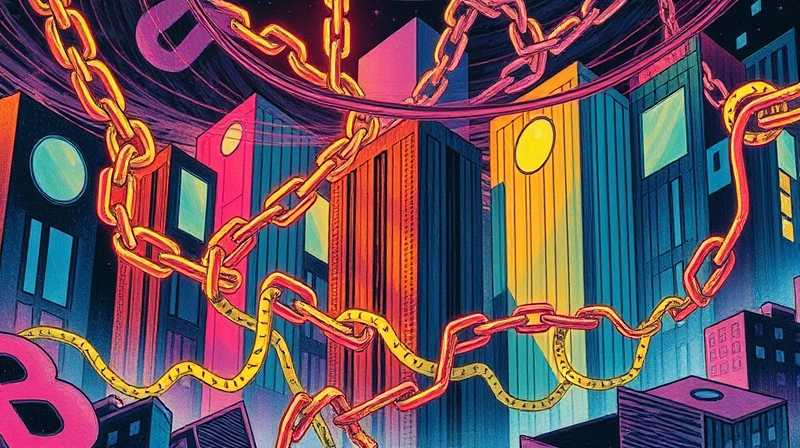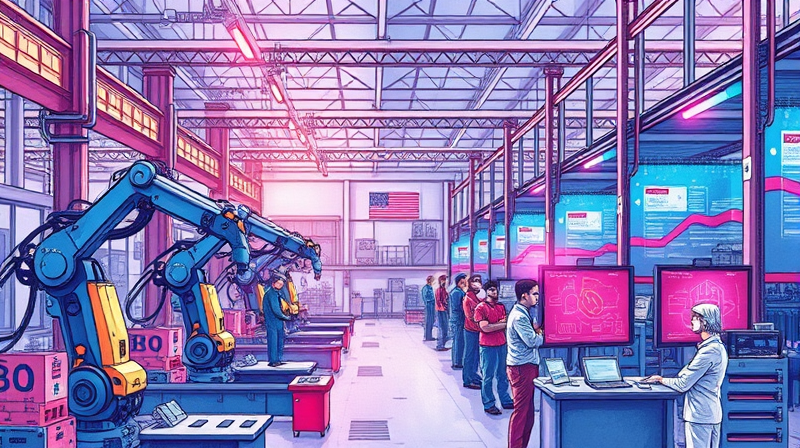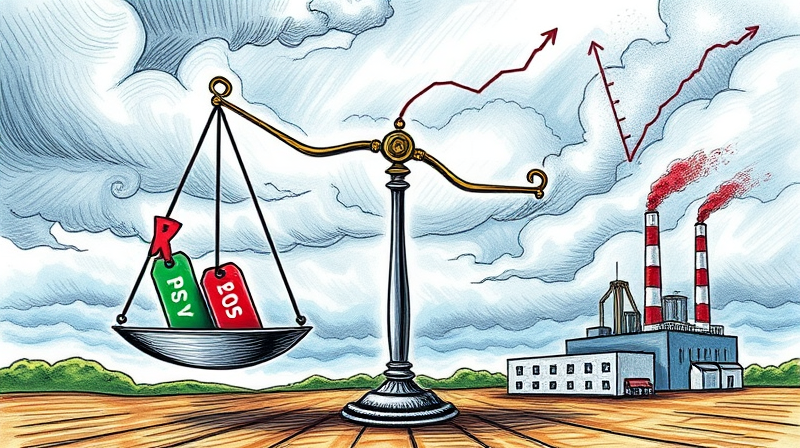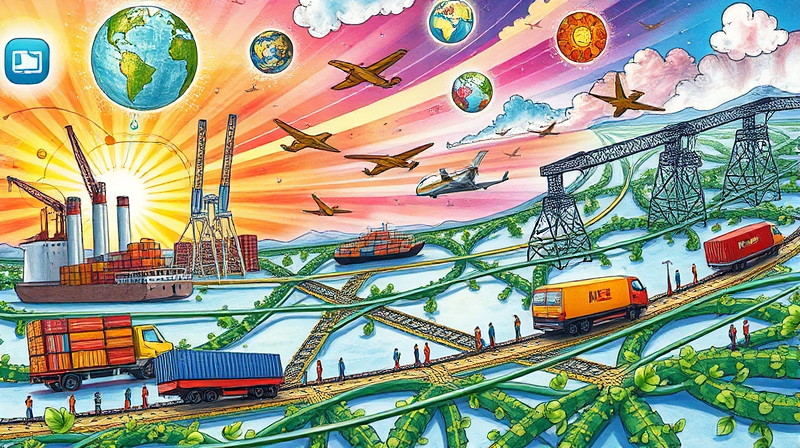
In 2025, global trade moves beyond worrying about isolated breakdowns to embracing a proactive strategy that safeguards every link in the chain. Companies no longer ask if a disruption will occur, but rather when, where, and how severely they must respond.
Disruptions have become part of the steady drumbeat defining today’s supply chain reality. From extreme weather in the American Midwest to semiconductor shortages in Asia, challenges arise constantly, often in overlapping waves. Rather than treating these events as anomalies, industry leaders now view them as test cases for robust systems that adapt and evolve.
Nearly 80% of organizations reported at least one major supply chain disruption in the past 12 months, while 22% faced more than twenty distinct events. These numbers underscore a vital shift: disruptions are no longer rare; they are routine signals demanding resilience.
While the focus has broadened, classic risk factors remain significant. Companies must still navigate the fallout from geopolitical tensions, climate volatility, cyber threats, and material scarcities.
These sources now often converge, creating compound disruption scenarios that ripple across regions and industries. A single-event solution no longer suffices; organizations require holistic frameworks capable of absorbing shocks at multiple points.
The conversation has expanded from reacting to specific incidents to cultivating an enduring, flexible supply chain. Five core priorities have eclipsed mere disruption control:
In Europe alone, new regulations force companies to provide full visibility into their sourcing practices. Firms that fail to comply face heavy fines, supply halts, and reputational damage. At the same time, investors and customers demand proof of ethical labor and environmental stewardship.
Numbers paint a stark picture of today’s supply chain landscape. Annual losses from disruptions now exceed $184 billion globally, and extreme weather events carry a 90% risk score in threat analyses. Every 3.7 years, a major incident halts operations for over a month, displacing labor, delaying shipments, and eroding profits.
These figures highlight the necessity of investing in both technological innovation and human capital. A balanced approach ensures that digital platforms enhance visibility without introducing unmanageable cyber exposure.
Transitioning from disruption response to systematic resilience requires deliberate, measurable actions. Organizations that implement these steps position themselves as industry leaders, ready for continuous change.
By weaving these initiatives into everyday operations, companies no longer react to crises—they anticipate and neutralize them before they escalate. This proactive posture fosters a culture of continuous improvement, where every team member understands their role in safeguarding the flow of goods and information.
Imagine a supply chain that functions like a living organism, adapting to stressors with minimal friction. In this vision, digital ecosystems, ethical sourcing practices, and empowered workforces converge to create systems that thrive amid uncertainty.
As climate volatility intensifies and geopolitical landscapes shift unpredictably, the most successful organizations will be those that treat resilience as a core competency—cultivating it through strategic partnerships, continuous learning, and transparent governance.
Disruptions will remain inevitable, but they need not be debilitating. By embracing this new paradigm, businesses secure their bottom lines, protect their reputations, and contribute to a more sustainable global economy. In this era, supply chain excellence is measured not by how quickly one recovers from a shock, but by how effectively one prevents it and thrives in its aftermath.
References




